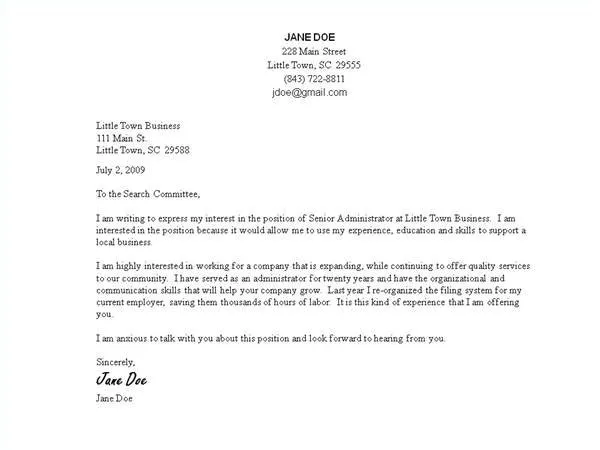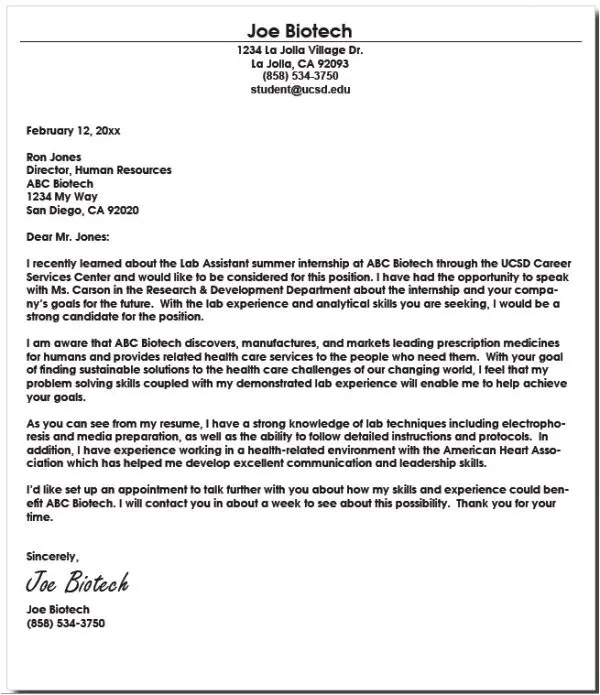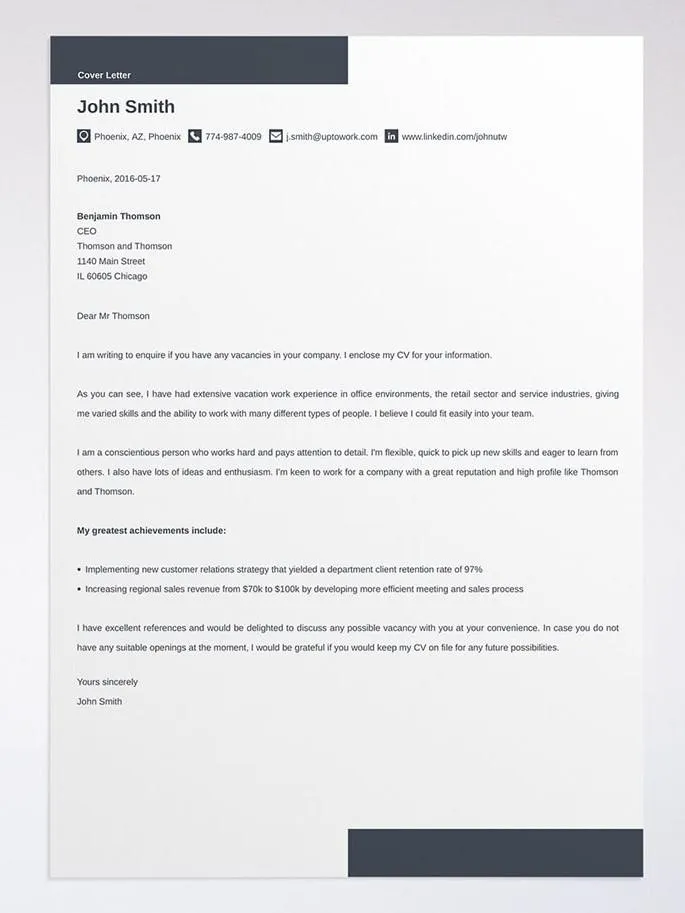What is Website SEO?
Search Engine Optimization (SEO) is the practice of optimizing your website to increase its visibility when people search for products or services related to your business on Google, Bing, and other search engines. It’s a crucial aspect of digital marketing, as it helps drive organic traffic to your website. Essentially, SEO involves a range of strategies and techniques designed to improve your website’s ranking in search results. This includes optimizing website content, improving website structure, building high-quality backlinks, and ensuring a positive user experience. A well-executed SEO strategy can significantly boost your website’s visibility, attract more potential customers, and ultimately, grow your business. Without effective SEO, your website may struggle to be found by those actively seeking what you offer.
Understanding the Basics of SEO
To succeed with SEO, you need to grasp its fundamental principles. This includes understanding how search engines work, the role of keywords, and the importance of user experience. Search engines, like Google, use complex algorithms to crawl, index, and rank websites. These algorithms analyze various factors to determine a website’s relevance and authority. Keywords are the words and phrases users type into search engines. Researching and incorporating relevant keywords into your content is essential for attracting the right audience. User experience (UX) refers to how visitors perceive your website. A website that’s easy to navigate, loads quickly, and provides valuable content is more likely to rank higher and retain visitors. Mastering these basics forms the foundation for any successful SEO strategy.
On-Page Optimization for SEO

On-page optimization involves improving elements within your website to enhance its search engine rankings. This includes optimizing your website’s content, HTML source code, and website architecture. The process starts with thorough keyword research to identify relevant terms that your target audience uses. Once you have your keywords, integrate them naturally into your content, including page titles, headings (H1, H2, etc.), meta descriptions, and image alt tags. Ensure that your website’s structure is clear and logical, making it easy for search engine crawlers to understand the content on each page. Additionally, create compelling, high-quality content that provides value to your audience, as this is a key factor in attracting and retaining visitors. Regularly update and refresh your content to maintain its relevance.
Keyword Research
Effective keyword research is the cornerstone of any successful SEO campaign. This involves identifying the terms and phrases your target audience uses when searching for information related to your business. Use various tools, such as Google Keyword Planner, SEMrush, or Ahrefs, to discover high-volume, low-competition keywords. These tools provide data on search volume, competition, and related keywords. Analyze your competitors’ websites to see which keywords they are targeting. This helps you identify opportunities and areas where you can differentiate your content. Focus on a mix of broad and long-tail keywords. While broad keywords have high search volumes, they also face high competition. Long-tail keywords are more specific and have lower competition, making it easier to rank for them. Incorporate these keywords naturally into your content to improve relevance and attract targeted traffic.
Website Content Optimization
Optimizing your website content is essential for attracting and engaging your audience. Start by creating high-quality, informative, and engaging content that provides value to your readers. Make sure your content is well-written, easy to read, and free of grammatical errors. Use headings, subheadings, and bullet points to break up text and improve readability. Incorporate relevant keywords naturally into your content, but avoid keyword stuffing. Focus on providing a positive user experience, as this is a key factor in search engine rankings. Regularly update and refresh your content to maintain its relevance and appeal to search engines. Optimize images by using descriptive alt tags and compressing them to improve website loading speed. Always ensure your content is unique and provides value to your audience, setting you apart from the competition.
Technical SEO

Technical SEO focuses on the behind-the-scenes aspects of your website that affect search engine rankings. This includes ensuring your website is crawlable, indexable, and mobile-friendly. Optimize your website’s structure by creating a clear sitemap and ensuring proper internal linking. This helps search engines understand your website’s structure and index its content effectively. Improve your website’s loading speed by optimizing images, using browser caching, and minimizing HTTP requests. Use a responsive design that adapts to different screen sizes, providing a seamless experience on all devices. Implement structured data markup to help search engines understand the content on your pages, improving your chances of appearing in rich snippets. Regularly monitor your website for technical issues, such as broken links and crawl errors, and fix them promptly. These steps improve your website’s technical aspects, ensuring that search engines can efficiently crawl, index, and rank your website.
Website Speed and Mobile-Friendliness
Website speed and mobile-friendliness are critical factors in SEO. A slow-loading website can frustrate users and negatively impact search engine rankings. Optimize your website’s loading speed by compressing images, minimizing code, leveraging browser caching, and using a content delivery network (CDN). Google’s PageSpeed Insights tool can help you identify areas for improvement. Ensure your website is mobile-friendly by using a responsive design. This ensures your website adapts to different screen sizes, providing a consistent user experience across all devices. Test your website on various mobile devices to ensure it functions correctly. A mobile-friendly website is essential, as a growing number of users access the internet on their mobile phones. Furthermore, Google prioritizes mobile-first indexing, meaning that the mobile version of your website is used for indexing and ranking.
Off-Page Optimization for SEO
Off-page optimization involves activities that take place outside your website to improve its search engine rankings. This primarily involves building high-quality backlinks from other reputable websites. Backlinks act as votes of confidence from other websites, signaling to search engines that your website is trustworthy and valuable. Guest blogging, where you write articles for other websites in your niche, is an effective way to build backlinks and establish yourself as an authority. Participate in online communities and forums related to your industry, sharing your expertise and linking back to your website when appropriate. Focus on building relationships with other website owners and influencers to increase your website’s visibility. Ensure your website is listed in relevant online directories. Always obtain backlinks from authoritative, relevant websites to improve your website’s credibility and search engine rankings. This improves your website’s reputation and increases its visibility.
Building High-Quality Backlinks

Building high-quality backlinks is a crucial aspect of off-page SEO. Focus on earning backlinks from authoritative and relevant websites within your industry. Avoid participating in link schemes or buying backlinks, as this can lead to penalties from search engines. Create valuable content that other websites will want to link to. This could include in-depth guides, informative articles, or engaging infographics. Guest blogging is an excellent way to build backlinks and establish yourself as an expert in your field. Reach out to other website owners and bloggers in your niche and offer to write guest posts for them. Promote your content on social media and other platforms to increase its visibility and attract backlinks. Use backlink analysis tools, such as Ahrefs or Moz, to monitor your backlink profile and identify opportunities for growth. Building high-quality backlinks is a long-term strategy that can significantly improve your website’s search engine rankings and authority.
Social Media and SEO
Social media plays a significant role in SEO, even though direct links from social media platforms are typically nofollow links. Social media platforms can help increase brand awareness, drive traffic to your website, and build relationships with your audience. Share your website content on social media platforms to increase its visibility and reach. Engage with your followers and respond to comments and questions. Use relevant hashtags to increase the visibility of your social media posts. Build a strong social media presence by regularly posting engaging content and interacting with your audience. While social media links don’t directly impact search engine rankings, they can indirectly improve SEO by increasing brand visibility, driving traffic, and encouraging social sharing. Building a strong social media presence also increases brand awareness, which can drive more organic traffic to your website. Consistency, engagement, and a strong brand identity are the keys to success.
Measuring SEO Success
Measuring your SEO success is essential for tracking progress and identifying areas for improvement. Use tools like Google Analytics and Google Search Console to monitor your website’s performance. Track key metrics, such as organic traffic, keyword rankings, bounce rate, and conversion rates. Monitor your website’s keyword rankings to see how your website ranks for target keywords. Analyze your organic traffic to see how much traffic comes from search engines. Track your website’s bounce rate to understand how users interact with your content. Monitor your conversion rates to see how well your website converts visitors into customers. Set clear goals and regularly review your performance against these goals. Use the data to make informed decisions and optimize your SEO strategy for better results. Regularly analyzing the data is the most effective way to understand what’s working and what needs improvement.
Tracking and Analyzing Your Results

To ensure the effectiveness of your SEO efforts, tracking and analyzing your results is crucial. Use analytics tools such as Google Analytics and Google Search Console to monitor key performance indicators (KPIs). These KPIs include organic traffic, keyword rankings, click-through rates (CTR), bounce rates, and conversion rates. Regularly review your website’s performance and identify areas for improvement. Analyze your website’s traffic sources to understand where your visitors are coming from. Monitor your keyword rankings to see how your website ranks for target keywords. Analyze your bounce rate to understand how users interact with your content. Review your conversion rates to see how well your website is converting visitors into customers. Use the data to optimize your website’s content, improve your website’s structure, and refine your keyword strategy. Tracking and analyzing your results allows you to make informed decisions, track your progress, and maximize your SEO return on investment.
